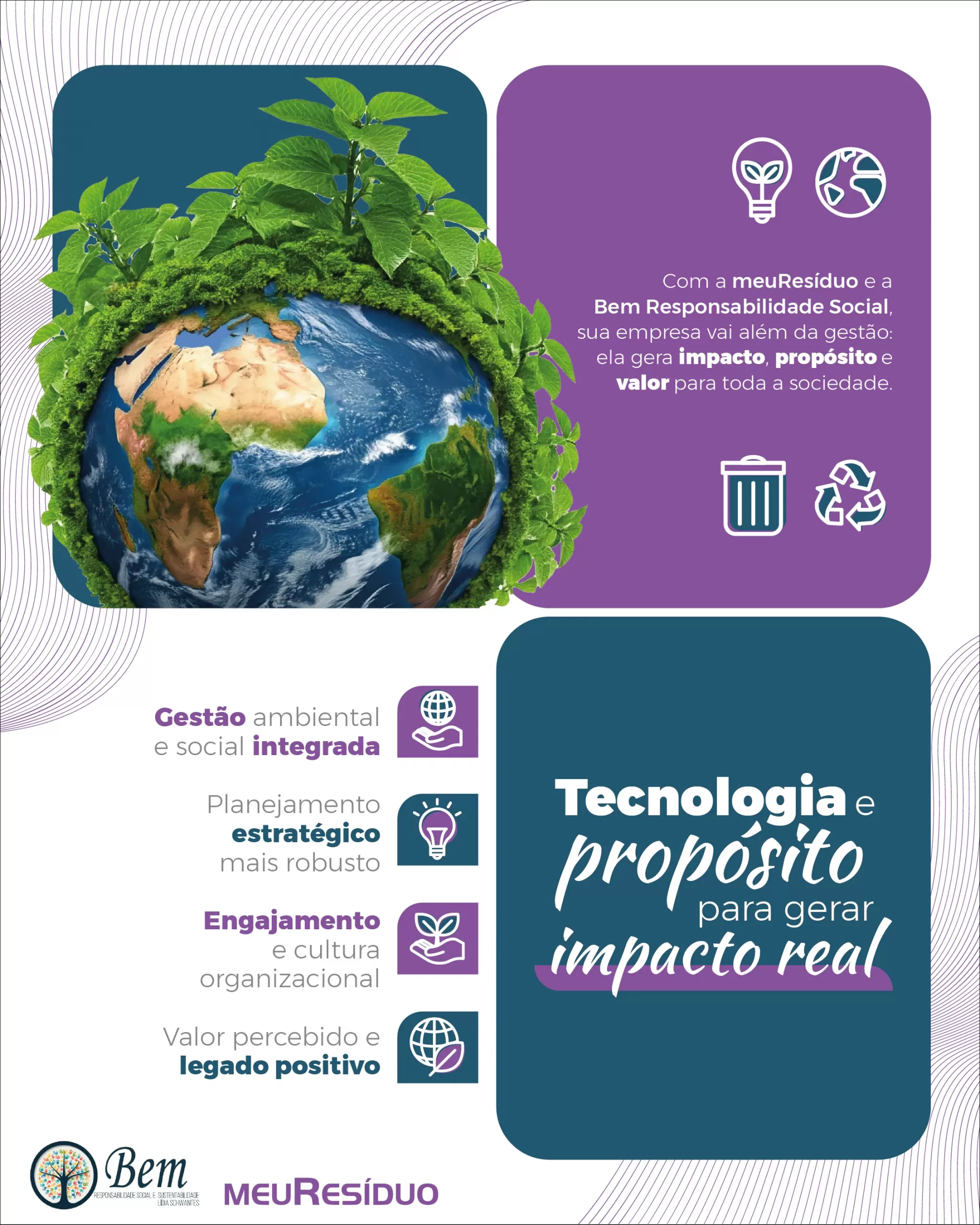
Paris is the home for some workshop or “repairing cafés”, monthly free initiatives that allow the local citizens to repair home appliances and electronics with the help and the council from enthusiastic volunteers. Inspired on the initiative launched by the journalist Martine Postma in Amsterdam in 2009, hundreds of similar workshops operate in the whole Europe.
The world produced around 45 million tons of electronic waste in 2016, when consumers and companies threw away some smartphones, computers and home appliances evaluated in US$ 62,5 billion. And only 20% from all these equipment is recycled adequately.
In Europe, where the problem is particularly serious, the researches estimate that only something from 12% and 15% of the cell phones are recycled adequately, despite the fact that around 90% of the population has one.
And the prediction is that the electronic waste, that many times is sold illegally from the Western to enormous toxic landfills in countries like Philippines, Ghana, Nigeria and China, must be around more than 52 million tons until the end of 2021 – and double the volume until 2050, becoming the domestic waste that most grows in the world.
The environmental impact varies from huge carbon emissions to contamination of water sources and food supply chains. But, with the repairing, a significant part of this waste could be avoided.
According to a study from the Environment and Power Management French Agency (Agência Francesa de Meio Ambiente e Gestão de Energia, in Portuguese), only 40% of the electronic malfunctions are repaired in France.
The researches, however, indicate that almost two thirds of Europeans prefer to repair their products than to buy new ones.
In an effort to reduce this huge quantity of avoidable waste, the French National Assembly (Assembleia Nacional Francesa, in Portuguese) voted, last year, to institute a classification index of “repairing” to home appliances as washing machines, lawn mowers, televisions and smartphones.
Doing this, the French government hopes to increase the repairing rate of electronic devices in 60% in five years.
The rules came into in January and demand that the manufacturers put classifications in their products – something similar to the energetical efficient classification system that is already well implemented.
They are calculated based on five criteria: fixing facility, price of the spare parts, availability of the spare parts, availability of documents for repairing and a final measurement that varies according to the device.
After the first year, a fine until 15 thousand euros will be imposed to the manufacturers, distributers and sellers that did not respect the measurement.
The law project also predicts a “durability” rate, from 2024 on, that will take for granted new criteria like reliability and robustness of the product.
The classification scheme was presented as the first of the type in the world, preparing the space so that other countries follow this tendency.
The expectation is that the French system initiates a running among the companies to improve the “repairing” of the products.
The preliminary studies suggest that the increase on the repairing can have a big impact. An analysis from the Environmental European Bureau, a net of environmental organizations in Europe, concluded that to extend the lifespan of all the washing machines, laptops, vacuum cleaners and smartphones in the European Union in a year would save four million tons of carbon dioxide annually until 2030, equal to taking off two million cars circulating on the roads every year.
However, the activists see a serious failure on the index of repairing in France: the fact that the evaluation will be done by the own manufacturers and not by an independent organ.
In December 2019, The European Union adopted its first requisites of ecological design for home appliances, like refrigerators, washing machines, lighting and screens.
This was followed by the European Union Green Agreement and by the new Action Plan of the Circular Economy, with the explicit commitment of exploiting the “right to repair”. Since then, the European Commission launched consulting processes that analyzed broader sets of products, like fabrics, furniture and batteries.
Recently, in November, the European Parliament approved a report in favor of establishing stronger rules about the “right to repair”.
There are also advances in a national level. In Austria, the government halved the Value Added Tax (Imposto sobre Valor Agregado – IVA, in Portuguese) on some repairs to 10% and many states introduced a system of vouchers of until 100 euros to finance the repairing. In Hungary, the government extended the guarantee period of some home appliances for until three years.
Besides, Australia has released a report about the “right to repair” and the conclusions must be showed soon, while some states in the USA have the right to repair working for a decade, although it is especially focused on vehicles.
These advances will also demand significant changes in the way that the consumer goods manufacturers operate nowadays and on the products that they produce, says Chloe Mikolaiczak from the Right to Repair Campaign, a coalition of 40 organizations in 15 European countries.
Many wireless headphones, she observes, can not be disassembled, neither repaired; once the batteries die, they need to be discarded; and the smartphones are getting more and more complex with many cameras, which become more difficult to repair.
Source: https://www.bbc.com/portuguese/vert-fut-56172381
RELATED POSTS:




